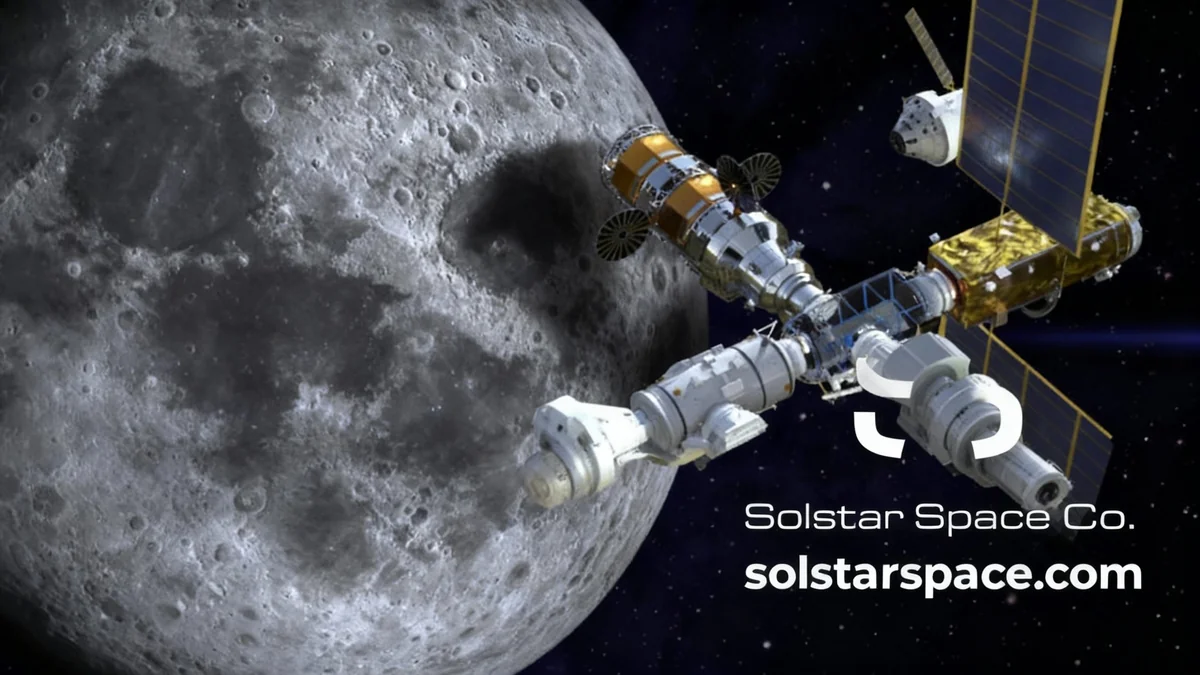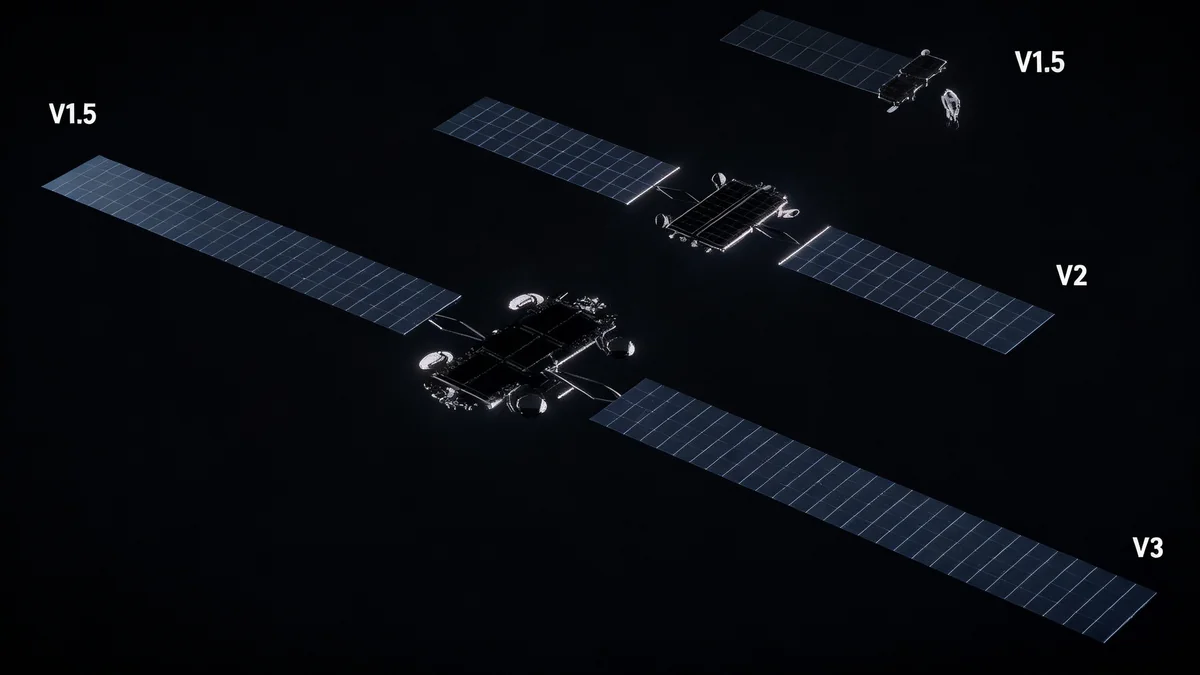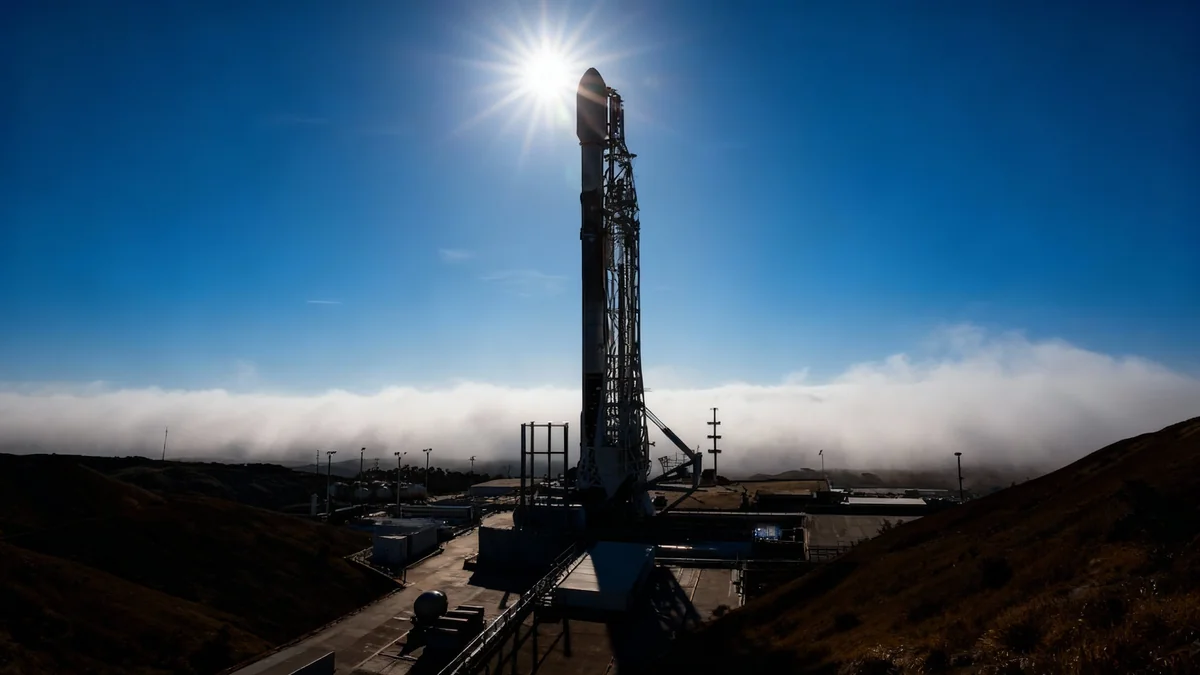NASA has awarded a contract to Solstar Space, a commercial communications company, to begin developing a Wi-Fi system designed for the harsh environment of the Moon. The initiative is a critical step in building the necessary infrastructure for the agency's upcoming Artemis missions, which aim to establish a long-term human presence on the lunar surface.
The initial contract, valued at $150,000, will fund the first phase of development for a specialized Lunar Wi-Fi Access Point (LWIFI-AP). This technology is intended to provide seamless connectivity for astronauts, robotic rovers, and habitats, mirroring the wireless convenience found on Earth.
Key Takeaways
- NASA has awarded Solstar Space a $150,000 Small Business Innovation Research (SBIR) contract.
- The goal is to develop a Lunar Wi-Fi Access Point (LWIFI-AP) for the Artemis program.
- The system must be durable enough to withstand extreme lunar conditions like radiation and temperature swings.
- This technology will support communications between astronauts, rovers, landers, and the Lunar Gateway space station.
A New Era of Lunar Connectivity
As NASA and its commercial partners accelerate plans for lunar exploration, the need for reliable communication systems has become a top priority. The agency has identified a significant technology gap: the lack of a commercially available, space-hardened Wi-Fi solution capable of operating on the Moon.
The contract with Solstar Space aims to close this gap. The project will lay the groundwork for a system that can support a wide range of activities, from transmitting real-time scientific data to enabling navigation for lunar vehicles. This network will be essential for the complex operations planned under both the Artemis program and the Commercial Lunar Payload Services (CLPS) initiatives.
According to Brian Barnett, Founder and CEO of Solstar Space, this development is fundamental for future life and work on the Moon.
"Just like Wi-Fi revolutionized life on Earth, it will be essential for living and working on the Moon. Solstar’s mission has always been to keep people and systems connected in space, and this award moves us one step closer to enabling that vision for lunar missions."
The Technical Challenge of Space-Based Wi-Fi
Creating a Wi-Fi network for the Moon is far more complex than setting up a router at home. Any hardware deployed on the lunar surface must be engineered to survive one of the most hostile environments in the solar system. The equipment faces extreme temperature fluctuations, from scorching heat to deep cold, and constant exposure to cosmic radiation.
SWaP Efficiency is Crucial
A key requirement for the lunar Wi-Fi system is that it must be "SWaP-efficient." This acronym stands for Size, Weight, and Power. Every gram of mass and every watt of power is incredibly valuable on a space mission, so the hardware must be compact, lightweight, and highly energy-efficient.
Solstar's proposed LWIFI-AP is being designed to meet these stringent demands. The system will be a multi-mode, multi-protocol, and multi-band access point built with radiation-tolerant components and thermal survivability in mind. The goal is to produce a commercial, off-the-shelf product that NASA and its contractors can integrate into various mission assets.
Supporting the Artemis Generation
The planned lunar Wi-Fi network is not a standalone project; it is a foundational piece of a much larger communications architecture. NASA envisions a connected ecosystem of assets working in tandem on and around the Moon.
This infrastructure will support critical mission components, including:
- Human Landing System (HLS): Ensuring astronauts can communicate with the lander and mission control.
- Lunar Terrain Vehicle (LTV): Providing connectivity for crewed rovers as they explore the surface.
- Scientific Payloads: Allowing CLPS-delivered instruments to transmit data efficiently.
- Lunar Gateway: Connecting the orbiting outpost with surface operations, including its Habitation and Logistics Outpost (HALO) module.
By establishing a robust local wireless network, NASA can reduce reliance on direct-to-Earth communication for every task, creating a more efficient and resilient operational environment for astronauts and robotic explorers.
What is the Artemis Program?
The Artemis program is NASA's initiative to return humans to the Moon for the first time since the Apollo missions. Its long-term goal is to establish a sustainable human presence on the lunar surface and in orbit, using the Moon as a stepping stone for future missions to Mars.
A Foundation for the Lunar Economy
The development of lunar Wi-Fi is seen as more than just a tool for exploration; it is an enabling technology for a future lunar economy. As more commercial companies become involved in missions, standardized and reliable communication infrastructure becomes essential for coordinating logistics, managing resources, and ensuring safety.
Barnett emphasized the project's broader implications for the future of space commerce.
"As NASA prepares for a sustained human presence on the Moon, commercial innovation will be essential. With the Solstar LWIFI-AP, we aim to bring commercial-grade connectivity to the Moon, enabling seamless communication between crew, equipment, and mission control. We are proud to lead the way in developing the Wi-Fi backbone for the lunar economy."
The work performed under this Phase I SBIR contract will serve as the first step. If successful, it will lead to further development and eventually a flight-ready system that could be deployed on a wide range of future missions, paving the way for a truly connected future beyond Earth.





